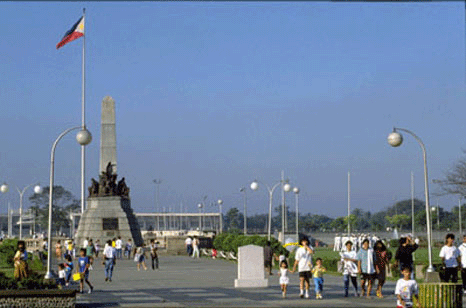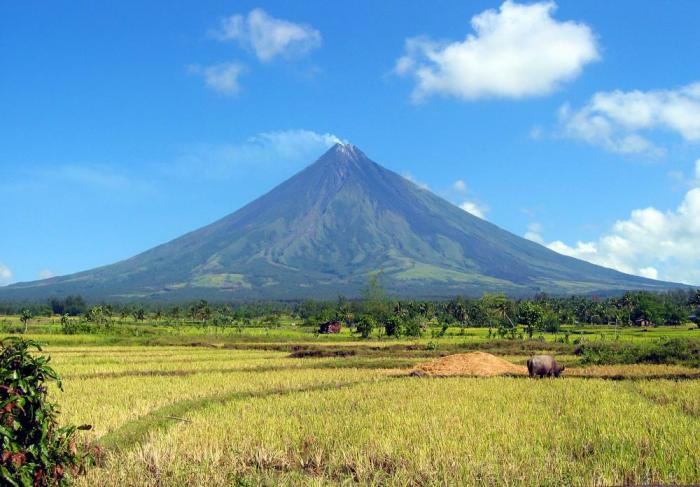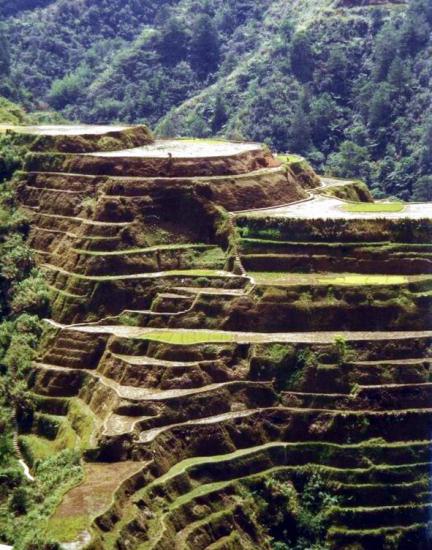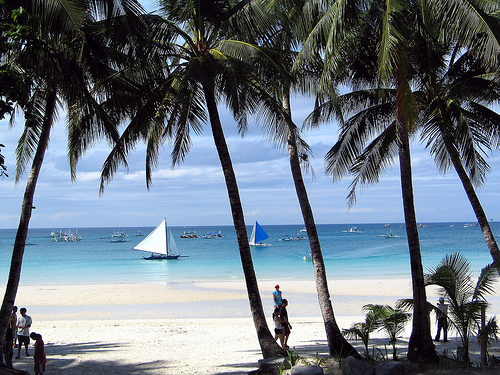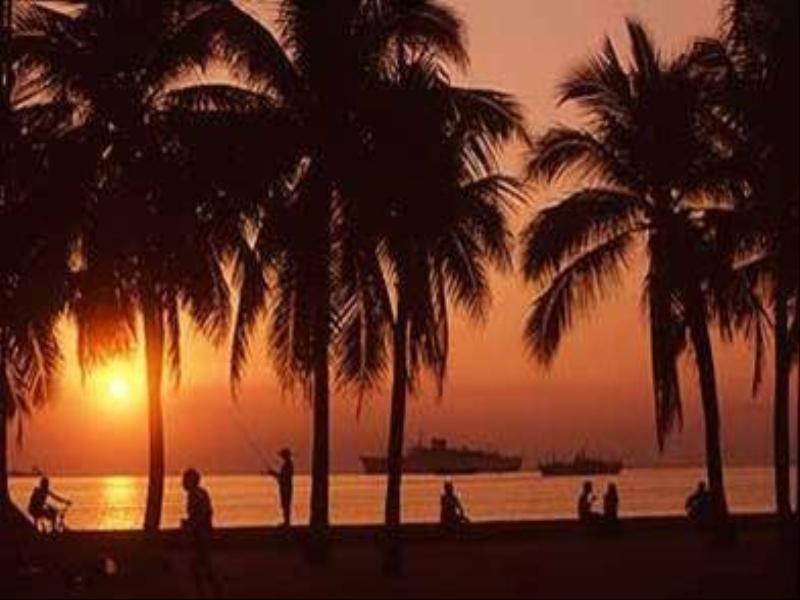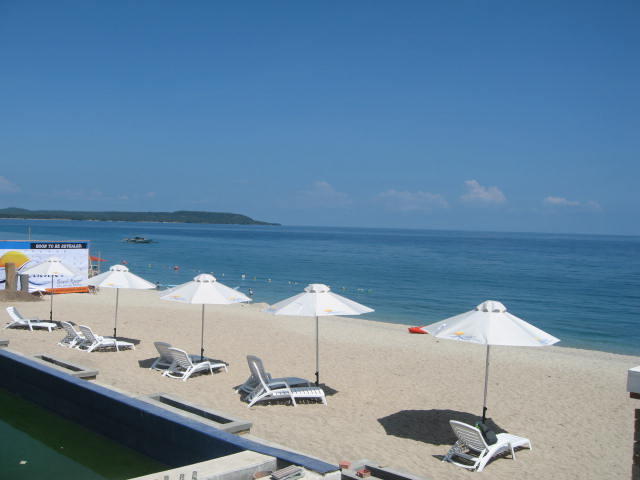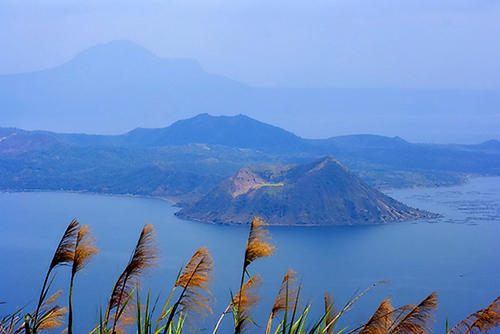MT. APO NATURAL PARK
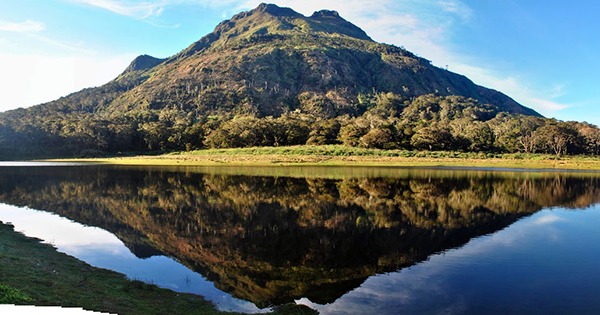 Photo from: https://philippineslifestyle.com/dry-spell-leads-to-1000-trekker-limit-on-mount-apo-during-holy-week/
Photo from: https://philippineslifestyle.com/dry-spell-leads-to-1000-trekker-limit-on-mount-apo-during-holy-week/
The Mount Apo Natural Park (MANP), with a total land area of about 64,000 hectares, is located in south-central Mindanao spanning the provinces of North Cotabato in Region 12, and Davao Sur and Davao City in Region 11. With an altitude of 2,954 meters above sea level, it is the highest mountain and one of the most popular nature-based tourism sites in the country. MANP was declared a Protected Area and a component of the National Protected Areas System under Republic Act No. 9237 in 2003.
MANP has great economic significance in the two regions, providing various ecosystem services (e.g., water for domestic use and irrigation, source for energy generation) to 3 cities and 4 municipalities with over 390,000 households. It is inhabited by several indigenous tribes, mainly by Manobos, Bagobos, and Klata. They consider Mt. Apo a sacred mountain and the burial ground of Apo Sandawa, their great forefather. Read More: http://forestry.denr.gov.ph/b+wiser/index.php/sites/mount-apo-natural-park
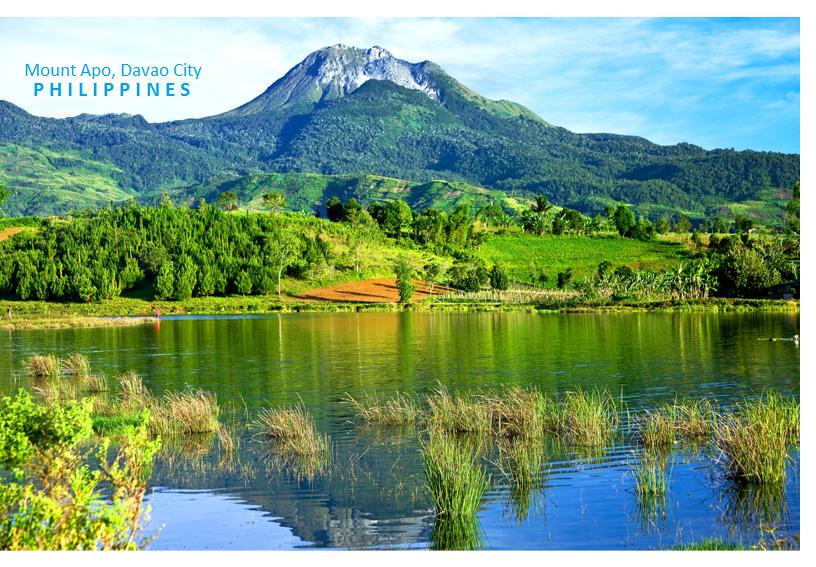 Photo from: https://www.vigattintourism.com/tourism/articles/Mt-Apo
Photo from: https://www.vigattintourism.com/tourism/articles/Mt-Apo
The extensive Mt Apo range lies at the meeting point of Davao City and the provinces of Davao del Sur and North Cotabato. The Mt Apo National Park includes two high peaks, Mt Apo, which is the highest in the Philippines at 2,954 m, and Mt Talomo (2,674m). Mt Talomo is an extinct volcano, but Mt Apo, though appearing dormant, has numerous vents producing steam and sulphurous gases. The northern and north-eastern slopes of Mt Apo and neighbouring mountains are gradual, but those on the west descend abruptly to the Cotabato Valley and those on the east abruptly to the lowlands of Davao.
The south-eastern slope is bisected by the Marawin and Sibulan rivers. At 2,400 m there is a flat, plateau-like area of 6-7 km2 and a 500 m high cone. The north-eastern slopes of Mt Apo drain into the Davao and Talo rivers and their tributaries. Mt Apo is one of the wettest places in the Philippines, with a mean annual rainfall of c.2,500 mm. The main natural habitats on Mt Apo are lowland dipterocarp forest, although this has mostly been cleared for cultivation, lower and upper montane forests, “elfin woodland”, scrub and summit grassland. Forest at and below 1,000 m has mostly been cleared, but there are remnants on the sides of ravines.
The forest cover increases with elevation, and at 1,500 m extensive mossy forest begins, characterised by gnarled and twisted oak trees covered with moss and epiphytes. Mossy forest gives way to scrub and grassland at c.2,700 m. Some important areas of forest which lie outside the Mt Apo National Park are included in the IBA, for example the forests on Mt Makaindos in Barangay Libertad, and the forests in Barangay Imamaling and Don Panaca. Read More: http://datazone.birdlife.org/site/factsheet/mount-apo-natural-park-iba-philippines
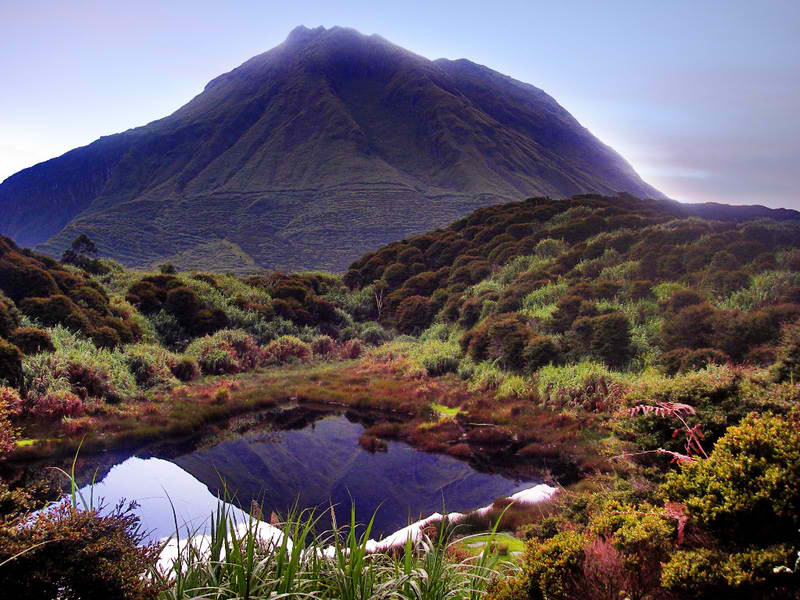 Photo from: https://theacerquixotic.wordpress.com/_volcanoes_/mount-apo/
Photo from: https://theacerquixotic.wordpress.com/_volcanoes_/mount-apo/
The highest mountain in the Philippines is Mt. Apo, towering over Southern Mindanao, covering the provinces of Davao del Sur and North Cotabato. At 2,956 MASL, it possesses a formidable array of landscapes, from craggy rockscapes to virgin forests; from mossy swamps to volcanic structures. Indeed, Mt. Apo possesses the widest spectrum of environments, and provides an experience for mountaineers that lives up to their expectations from the country’s highest.
The Kidapawan trail, one of many trails, will take you first to Lake Agko. From there, you will have to cross Marbel river in an unforgettable adventure: you have to cross the river several times by walking through coconut logs without anything to hold for support! Even here, lichens cling on the rocks, and very tall trees rise to the sky. The threat of sudden flashfloods, emphasized by the strong flow of water, will remind the intrepid hiker that he not climbing an ordinary mountain. Read More: http://www.pinoymountaineer.com/2007/10/mt-apokidapawan-magpet-trail-2956.html
Other Photos
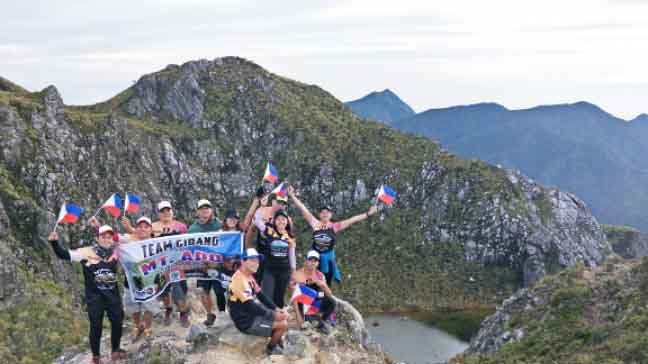 Photo from: http://dumaguetemetropost.com/trek-to-mt-apo-the-highest-mountain-in-the-philippines-p10111-500.htm
Photo from: http://dumaguetemetropost.com/trek-to-mt-apo-the-highest-mountain-in-the-philippines-p10111-500.htm
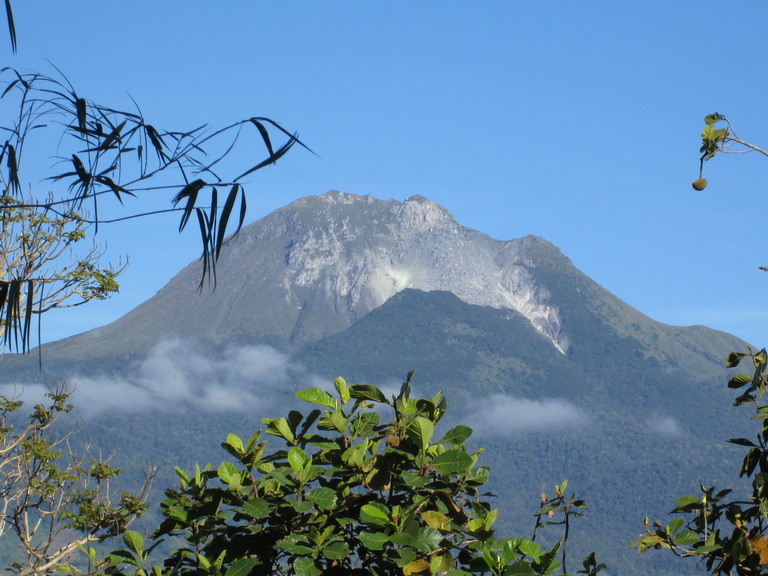 Photo from: https://edgedavao.net/the-economy/2019/03/13/mt-apo-climbers-seen-to-defy-closure-order/
Photo from: https://edgedavao.net/the-economy/2019/03/13/mt-apo-climbers-seen-to-defy-closure-order/
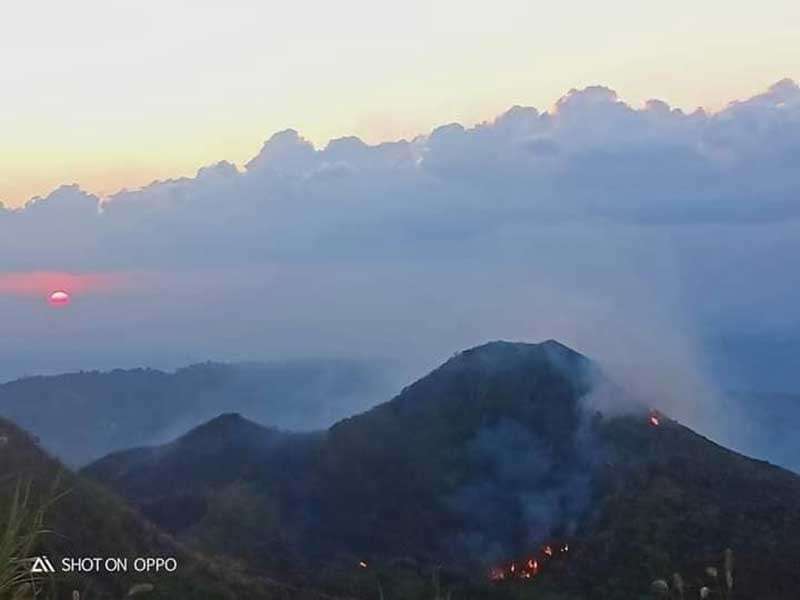 Photo from: https://www.sunstar.com.ph/article/1794927
Photo from: https://www.sunstar.com.ph/article/1794927
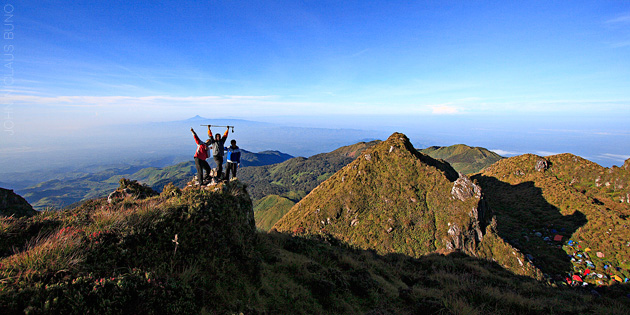 Photo from: https://en.wikivoyage.org/wiki/Mount_Apo
Photo from: https://en.wikivoyage.org/wiki/Mount_Apo
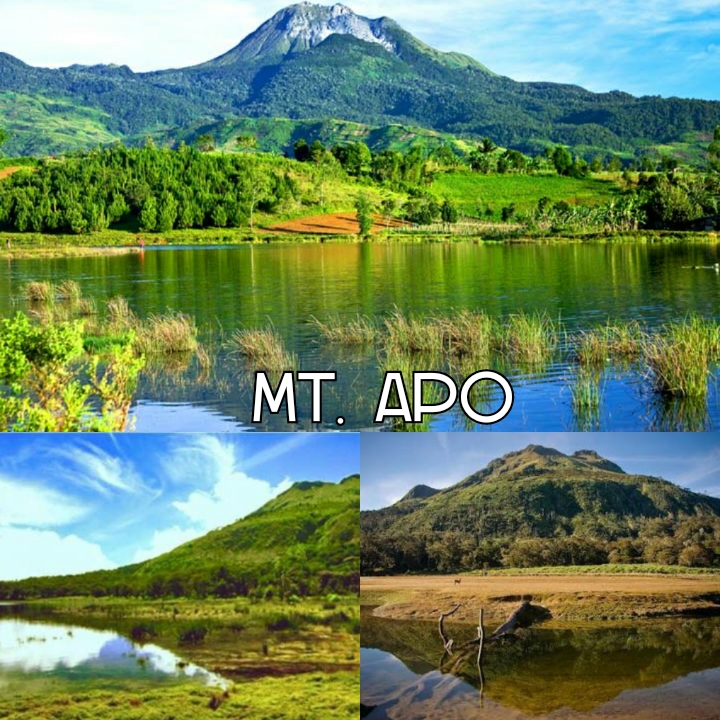 Photo from: https://educationorganization.wordpress.com/2016/03/16/halinat-pumasyal-tayo-sa-davao/
Photo from: https://educationorganization.wordpress.com/2016/03/16/halinat-pumasyal-tayo-sa-davao/
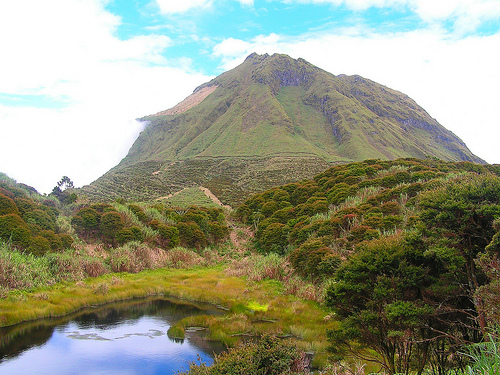 Photo from: https://performancetaskinscience.weebly.com/mtapo.html
Photo from: https://performancetaskinscience.weebly.com/mtapo.html
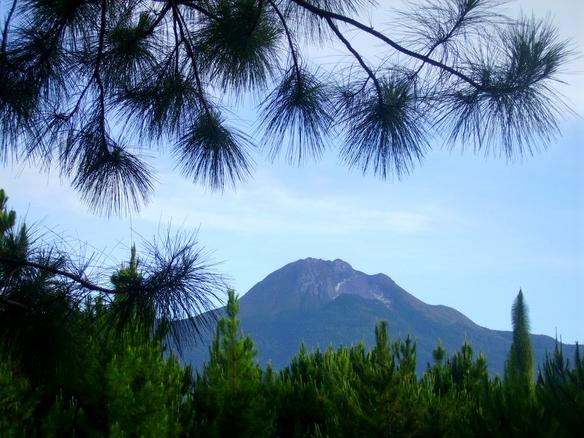 Photo from: http://davaocitybybattad.blogspot.com/2011/06/mount-apo-king-of-philippine-peaks.html
Photo from: http://davaocitybybattad.blogspot.com/2011/06/mount-apo-king-of-philippine-peaks.html
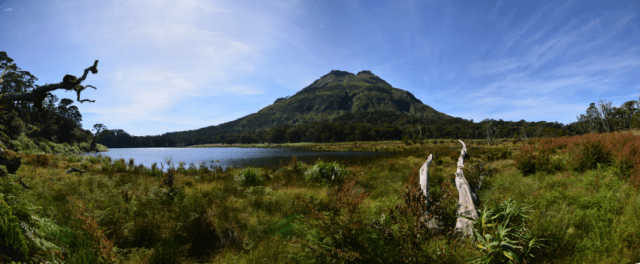 Photo from: http://cotabatoprov.gov.ph/2018/11/26/245/
Photo from: http://cotabatoprov.gov.ph/2018/11/26/245/
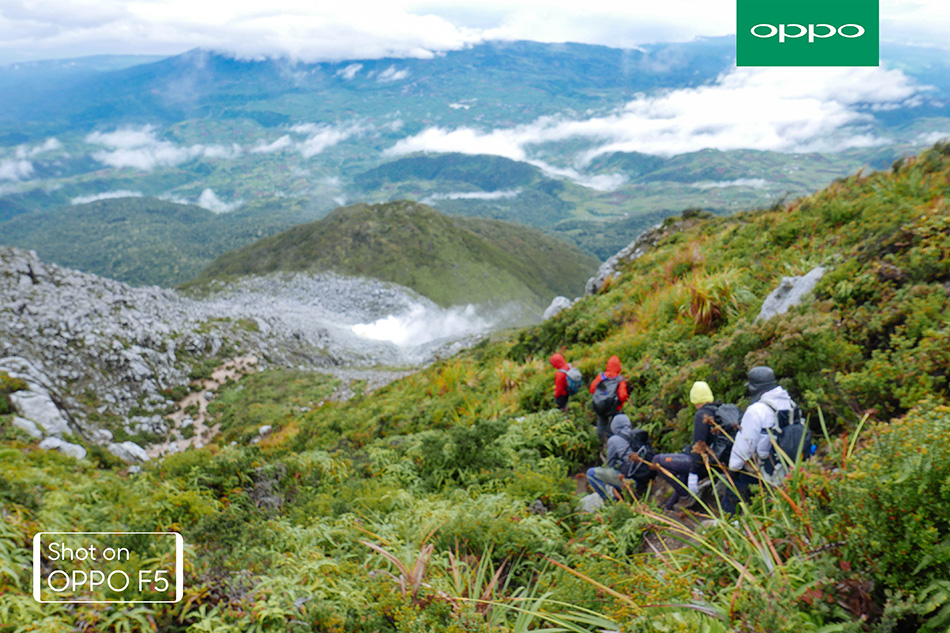 Photo From: http://mindanation.com/what-war-liguasan-marsh-is-peaceful-beautiful-alive/
Photo From: http://mindanation.com/what-war-liguasan-marsh-is-peaceful-beautiful-alive/
Watch the Videos:
TABLE OF CONTENTS
North Cotabato is Under the SOCCSKSARGEN Region
Where is North Cotabato and How to Get There
Come, Visit and Discover North Cotabato
Popular Tourist Spots in North Cotabato
Colorful Festivals in North Cotabato
How to Have Fun in North Cotabato
North Cotabato Video Collection
Other Visitors Also Viewed:
Enjoy a Sparkling Swim at the Paradise Island Park and Beach Resort
Aguacan Cold Spring in Compostela Valley
Pandayan Festival – Showing Off Ilonggo’s Blacksmith Expertise
Solili Festival is the Celebration of the Day of Siquijor
Wonderful Beaches and Resorts in Bataan
Tongatoc Cove Offers a Breath-Taking View
Itbog Twin Falls Offer Double Fun and Enjoyment
Paadjao Falls – 15 Feet of Cascading Water for a Refreshing Enjoyment

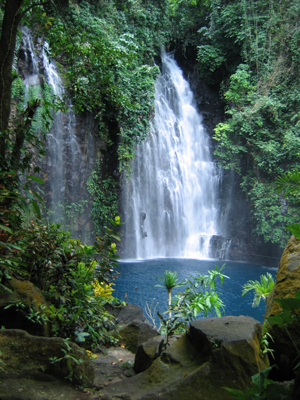
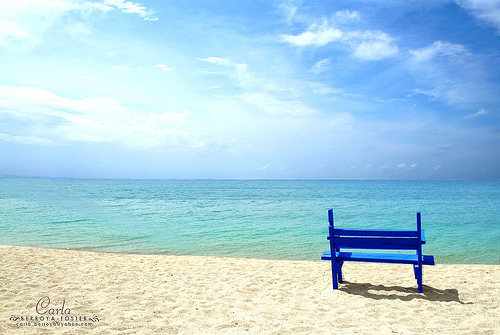
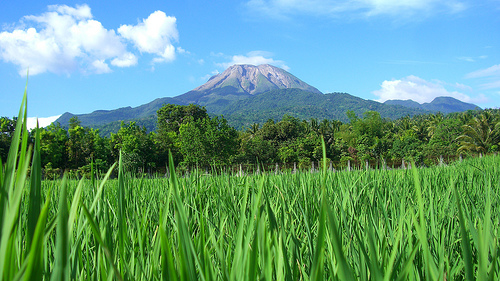
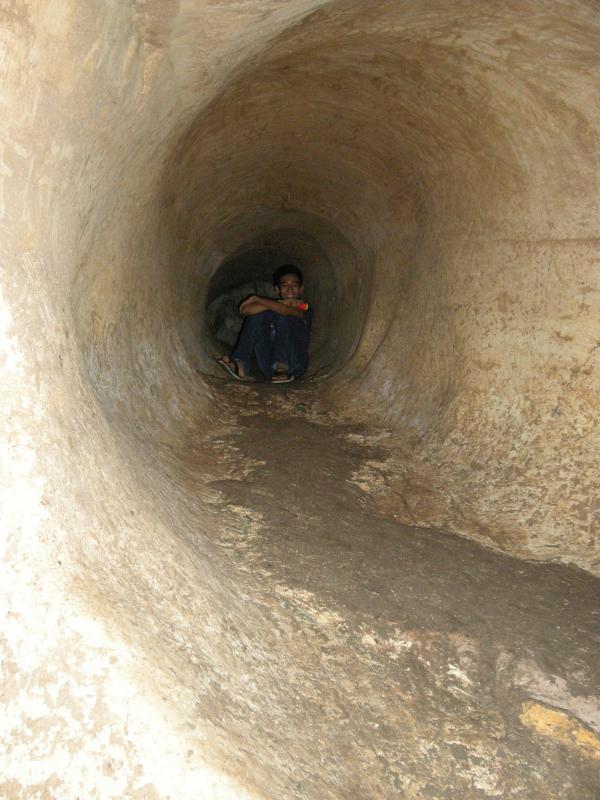

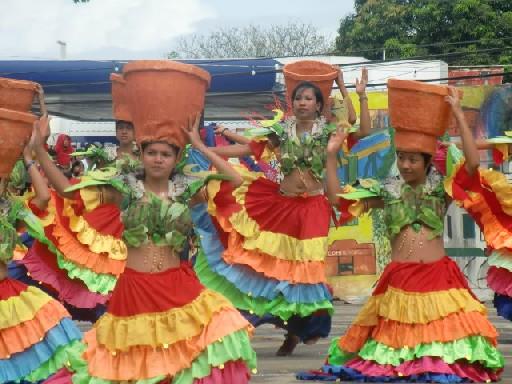


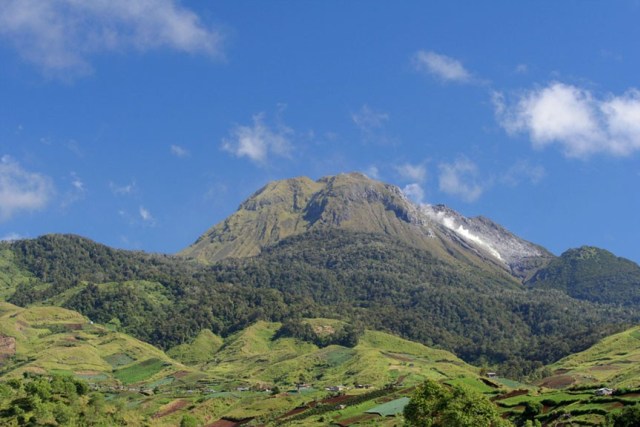 Photo from:
Photo from: